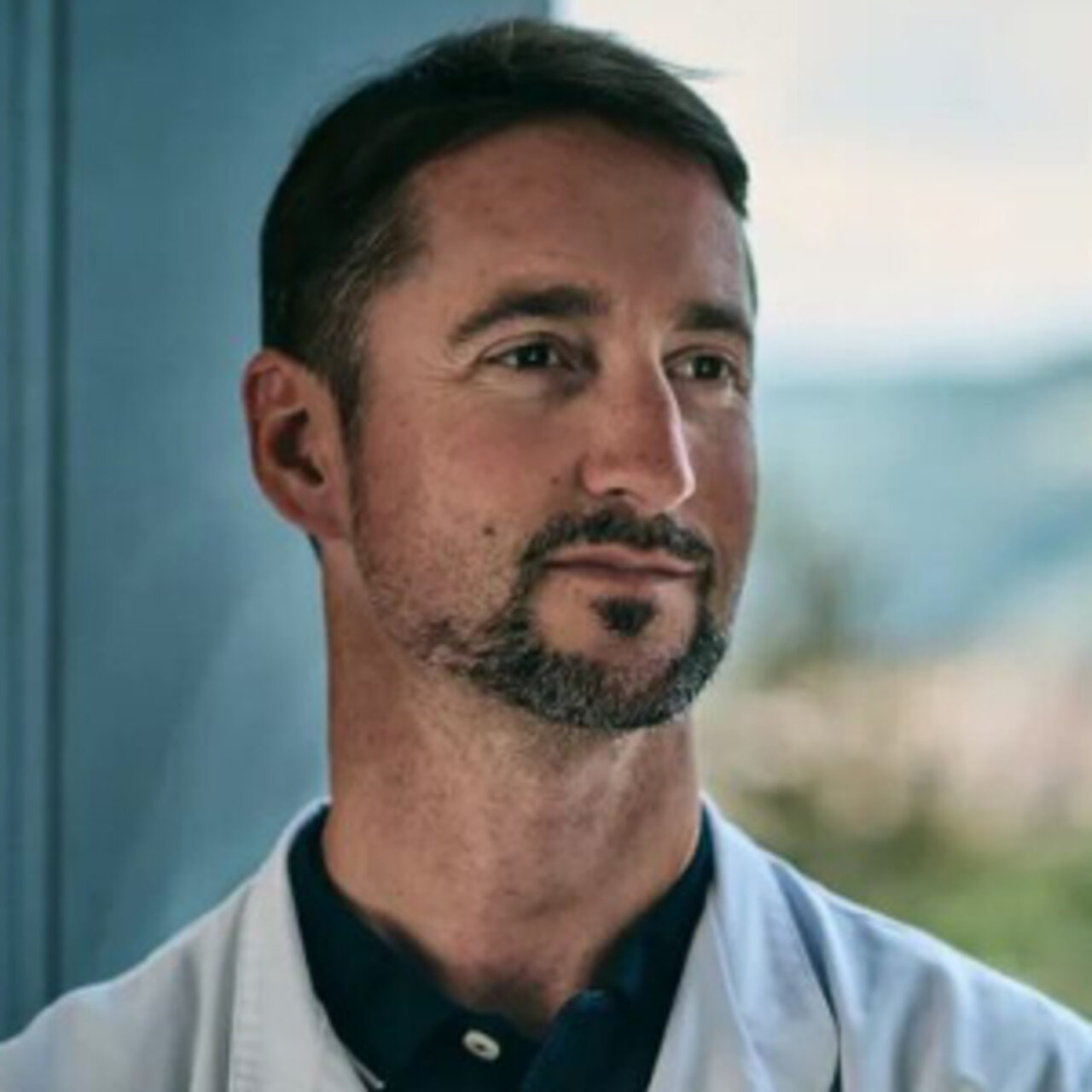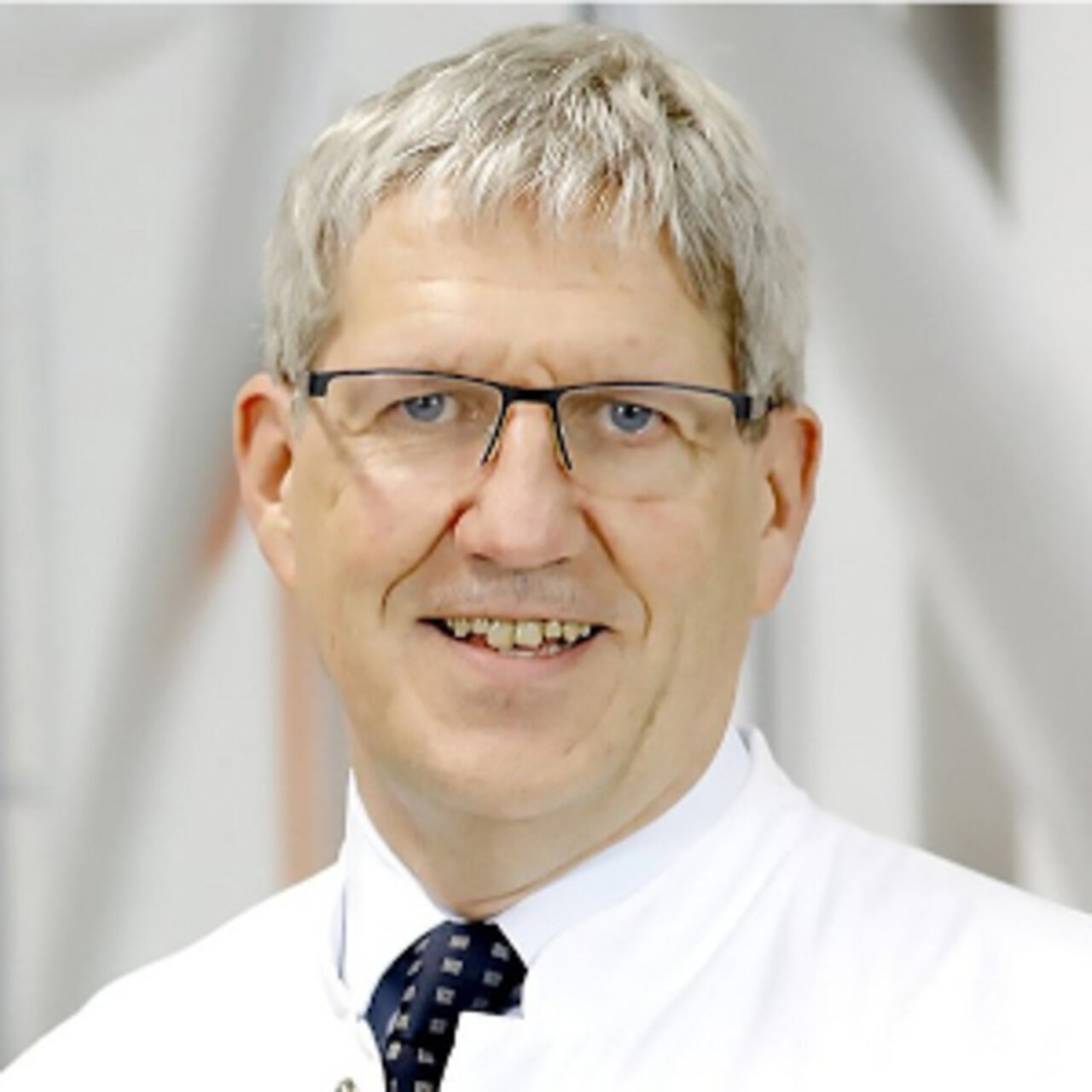Specialists in Pneumonectomy
4 Specialists found
Information About the Field of Pneumonectomy
What is a pneumonectomy?
A pneumonectomy is a surgical procedure to remove an entire lung, either the left or the right. This is typically performed when smaller resections, such as a lobectomy (removal of a lung lobe) or segmentectomy (removal of a lung segment), are not sufficient to treat the condition.
This procedure typically requires opening the chest, although a minimally invasive procedure may also be possible under certain specific anatomical, clinical and disease-related conditions. A pneumonectomy is one of the most extensive operations in thoracic surgery. In 2020, less than 200 pneumonectomies were performed in Germany.
In which diseases is a pneumonectomy performed?
In most cases, a pneumonectomy is carried out as part of the treatment for bronchial carcinoma (lung cancer). This is required if the tumor is centrally located or exceeds a certain size.
However, severe inflammatory lung diseases, such as tuberculosis or a serious fungal infection, may also require lung resection. This may also be necessary for multiple bronchiectases—irreversible, often inflamed enlargements of the bronchi. These can be present from birth or develop later due to infections, early childhood damage, or systemic diseases like cystic fibrosis or alpha-1 antitrypsin deficiency.
What is the procedure for a pneumonectomy operation?
Several tests are required prior to the surgery:
Pulmonary function test (spirometry) to check whether the function of the lung remaining after the surgery is sufficient to allow the patient to continue living
ECG, blood gas analysis, laboratory diagnostics to assess the risk of surgery and anesthesia
X-ray and/or CT examination and, if necessary, bronchoscopy to determine the size and location of the pathological findings as precisely as possible for planning the operation
Further examinations if necessary
Furthermore, some preparations can reduce the risk of complications and optimize the postoperative course:
Smoking cessation
Dilating the bronchial tubes with medication that is also used in the treatment of asthma
Training of the respiratory muscles
Treatment of any respiratory tract infections
The procedure is always performed under general anesthesia using a special breathing tube and a bronchial blocker, allowing ventilation of only the unaffected lung.
Once anesthesia is induced, the patient is positioned on the side that will not be operated on. The upper arm is placed in a padded sling above the head.
The incision is typically made below the armpit for what is known as an anterolateral or posterolateral thoracotomy. Muscles and ribs in this area are cut to provide access to the chest cavity. The blood vessels of the lung are then closed off with ligatures, and the main bronchus of the lung is severed and sealed with sutures, allowing the lung to be removed.
Depending on the extent of the disease, additional tissues, such as lymph nodes, pleura, parts of the diaphragm, or the pericardium, may also need to be resected.
Finally, a drainage tube is inserted to allow blood and fluid to drain; this tube can be removed after a few days. The chest wall is then closed with sutures through the ribs and muscles, and the skin is sewn back together.
After the surgery, the patient is monitored in an intensive care unit. In some cases, ventilation may need to continue for several hours or even days.
What risks and complications are possible?
A possible postoperative complication is bronchial stump insufficiency, whereby the suture does not close the main bronchus sufficiently which can lead to inflammation and accumulation of pus. In this case, a surgical revision must be performed immediately.
Rarely, postpneumonectomy syndrome can also occur, in which the remaining lung expands too much. It can compress the trachea and the remaining intact main bronchus, leading to shortness of breath and recurrent respiratory tract infections. If this happens, a volume expander must be inserted as a prosthesis where the diseased lung lobe was removed.
What needs to be considered after a pneumonectomy?
Following the removal of a lung lobe, a hydropneumothorax forms i.e. fluid and air collect in the resulting cavity. This is absorbed within a few days.
The oxygen saturation of patients is significantly decreased in the first few months following a pneumonectomy as the remaining lung can only partially compensate for the function of the removed lung. This means that the patient's performance is also significantly impaired.
Over time, the volume of the remaining lung can expand through the formation of new alveoli (air sacs), with increases of up to 77% observed in individual cases. However, this process takes several years. To support it, regular physiotherapy exercises, particularly breathing exercises, should be performed. At first, these exercises should be done under the guidance of a physiotherapist and can later be continued independently at home.
Which doctors & clinics specialize in pneumonectomy?
A pneumonectomy is a relatively rare and extensive procedure in Germany, requiring special expertise. It should only be performed in a clinic where anesthetists, surgeons, and intensive care staff all have sufficient experience in the specific requirements of anesthesia, ventilation, surgery, and postoperative care for patients undergoing a pneumonectomy.
The surgery itself is performed by specialists in thoracic surgery.
Anyone in need of a doctor would expect the best possible medical care for themselves. Therefore, patients are looking for the most suitable clinic for their needs. Since this is not an objective decision and a respectable doctor would refrain from claiming to be the best, patients must trust the experience of a doctor.
We can help you find an appropriate expert for your condition. All the doctors and clinics listed have undergone extensive review and have been verified by us for their outstanding expertise in the field of pneumonectomy. They are looking forward to and are ready to address your questions and treatment requests.




